Tractor Supply Fine Premium Pine Animal Shavings, 5.5 cu. ft.
Tractor Supply Co. Fine Premium Pine Shavings are a quality bedding solution for horses, livestock, and outdoor pets. These shaving pieces contain low amounts of dust and are smaller in size to increases absorbency and reduces the amount of waste during cleaning.
Tractor Supply Co. Fine Premium Pine Shavings are a quality bedding solution for horses, livestock, and outdoor pets. These shaving pieces contain low amounts of dust and are smaller in size to increases absorbency and reduces the amount of waste during cleaning.
- Dried for maximum absorbency
- Low dust
- 5.5 cubic feet of useable volume
Ingredients
Pine
Additional information
| Bedding Coverage Area | 55 cu ft |
|---|---|
| Bedding Product Weight | 22 lb. |
| Compressed Volume | 2.5 cu. ft. |
| Expanded Volume | 5.5 cu. ft. |
| Package Size | 5.5 cu. ft. |
| Product Height | 24 in. |
| Product Length | 16 in. |
| Product Width | 11 in. |
| Manufacturer Part Number | 500F |

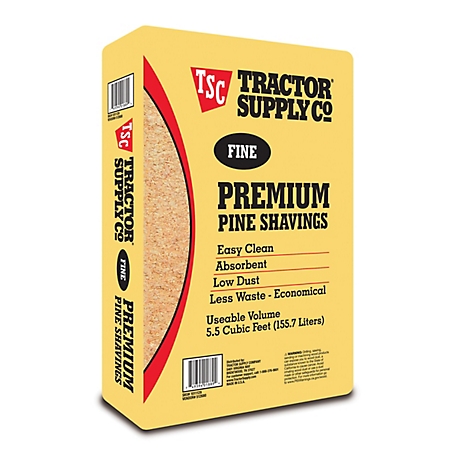
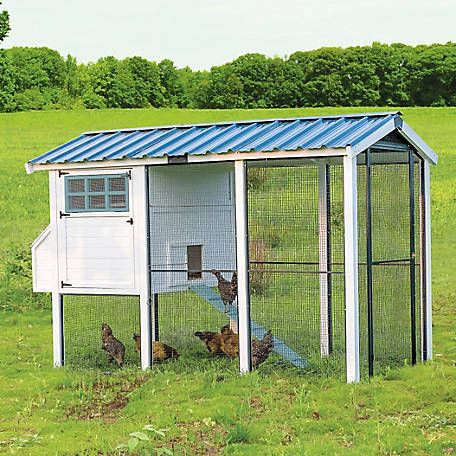
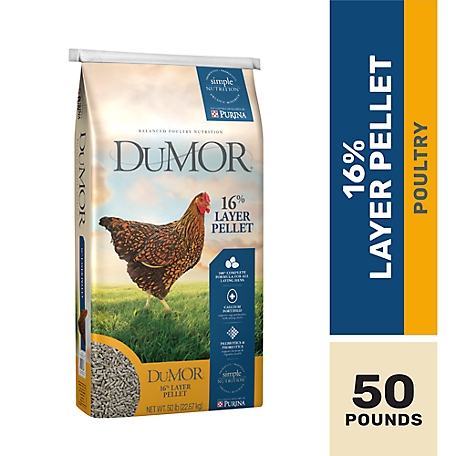


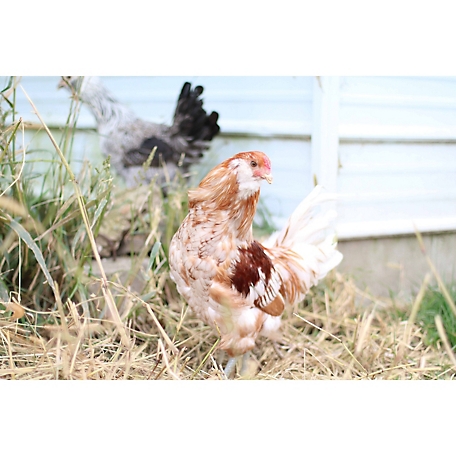
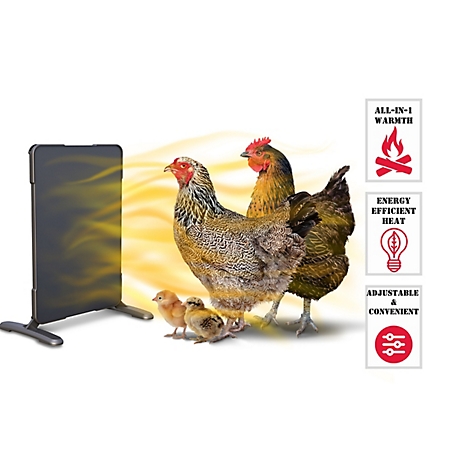
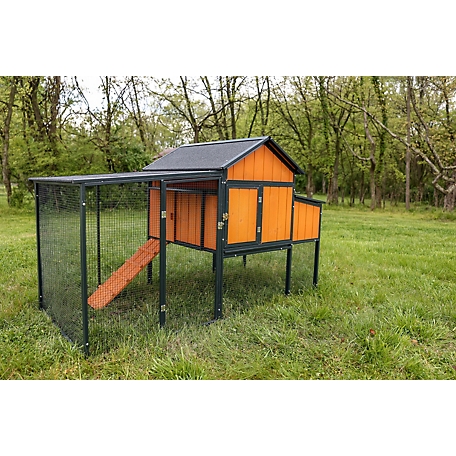
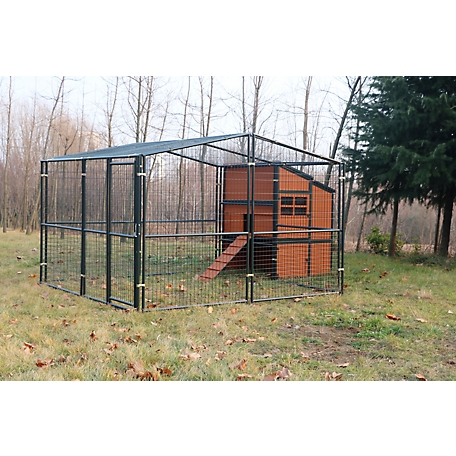
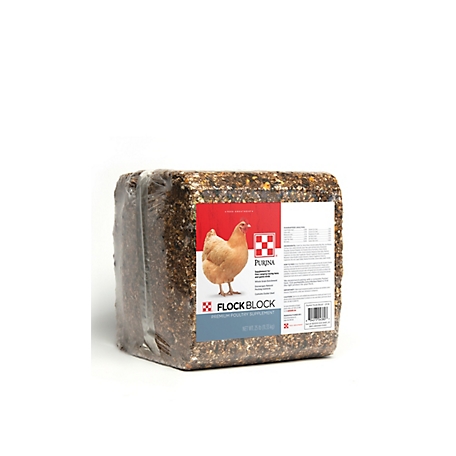
by Teresa
This product from TS seems to fit the bill nicely for our chickens coop. Having purchase various kinds of fine shavings from feed stores all over Texas during my travels as a truck driver these seem to keep the coop mess in place and absorb smell when changed out weekly. We only have six dixie chicks in the band, but the brand has worked out for us for 3 years. Other shaving seem to have the fine dust problem which is not good for either the chickens or humans.
by Richard
I use these for my horse stalls when I can’t get regular sawdust from sawmills !